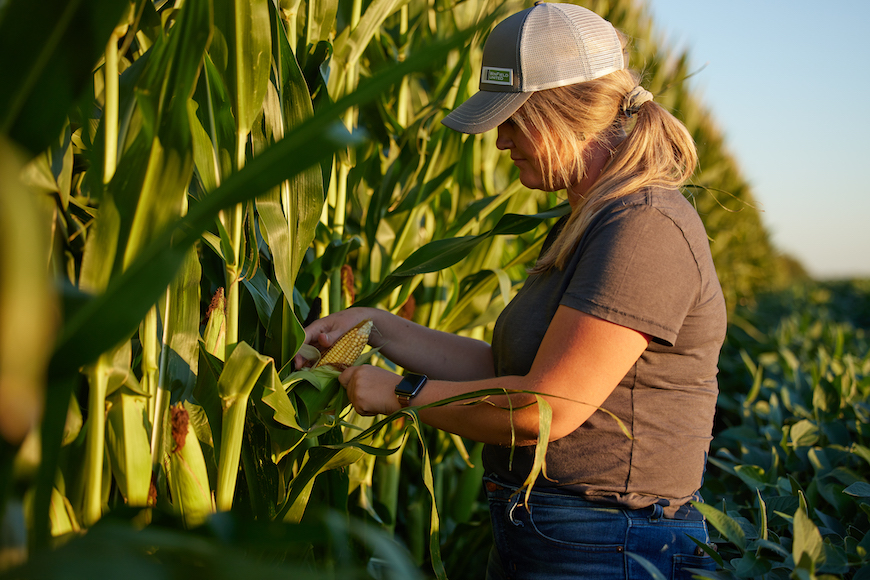Get the Facts on Fallow Syndrome

Fallow syndrome is probably something you haven’t thought about much in recent years, but with a record number of prevent-plant acres in 2019, it’s become a hot topic. Crops planted this season on prevent-plant acres that were left bare in 2019 could be at risk for early-season nutrient deficiencies due to fallow syndrome. Here are answers to some of the most common questions you may have about fallow syndrome.
What is fallow syndrome?
Fallow syndrome occurs when mycorrhizal fungi populations in the soil are reduced due to loss of plant growth in fields. Mycorrhizal fungi are critical for healthy soil, and they can help increase root surface area to promote more effective nutrient and water uptake in plants. Because these microorganisms form a symbiotic relationship with plant roots, populations in the soil may decline over time when there is nothing growing. As you can expect, when mycorrhizal fungi populations are reduced, crop health suffers.
Are some fields more susceptible to fallow syndrome than others?
In general, fallow fields where there’s been good weed control tend to be more at risk for fallow syndrome than fields where weeds haven’t been managed. That’s because weeds provide plant material to host the mycorrhizal fungi. Fields where phosphorus is limited due to inadequate fertility management or cool, wet soils might also be more impacted by the effects of fallow syndrome.
What are the symptoms of fallow syndrome in crops?
Grass crops, including wheat, corn and grain sorghum, tend to be most susceptible to fallow syndrome. Because nutrient uptake, specifically zinc and phosphorus, are reduced in crops suffering from fallow syndrome, you’ll often see signs of phosphorus or zinc deficiency early in the season. If you think your fields could be at risk, you can mitigate early-season plant stress by adding a starter fertilizer that includes zinc and phosphorus at planting.
What can I do to prevent fallow syndrome?
If you’re faced with a prevent- plant situation this season, one of the most effective ways to avoid fallow syndrome in subsequent crops is to plant a cover crop like cereal rye, wheat or oats later in the summer or fall. Adding plants to the fallow field can help sustain the microorganism populations in the soil and can also help harness some of the nutrients you may have already applied to those fields.
Some management practices, including intensive tillage, can be detrimental to soil fungi. Switching to a reduced or no-tillage situation can help protect microorganism populations and improve soil health.
For more information about managing fallow syndrome, contact your local WinField United retailer.
© 2020 WinField United. Important: Before use always read and follow label instructions. Crop performance is dependent on several factors many of which are beyond the control of WinField United, including without limitation, soil type, pest pressures, agronomic practices, and weather conditions. Growers are encouraged to consider data from multiple locations, over multiple years, and be mindful of how such agronomic conditions could impact results. WinField® is a trademark of WinField United.




